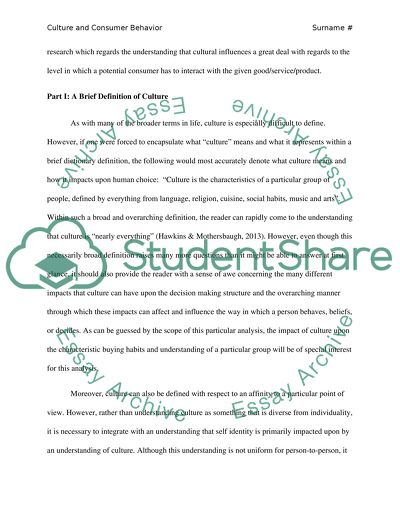Cite this document
(“The impact of culture on consumer behavior Admission/Application Essay”, n.d.)
Retrieved from https://studentshare.org/marketing/1641785-the-impact-of-culture-on-consumer-behavior
Retrieved from https://studentshare.org/marketing/1641785-the-impact-of-culture-on-consumer-behavior
(The Impact of Culture on Consumer Behavior Admission/Application Essay)
https://studentshare.org/marketing/1641785-the-impact-of-culture-on-consumer-behavior.
https://studentshare.org/marketing/1641785-the-impact-of-culture-on-consumer-behavior.
“The Impact of Culture on Consumer Behavior Admission/Application Essay”, n.d. https://studentshare.org/marketing/1641785-the-impact-of-culture-on-consumer-behavior.


